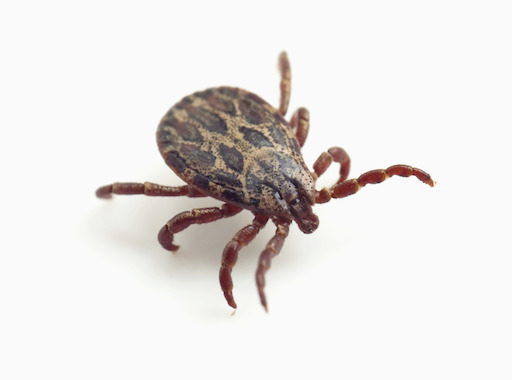SPRINGFIELD, IL (Chambana Today) – May is National Lyme Disease Awareness Month.
The Illinois Department of Health (IDPH) urges the public to learn how to protect themselves from ticks and Lyme disease.
-
Walk in the center of trails; avoid wooded, bushy areas with high grass and leaf litter.
-
Refer to the Camper Checklist for more protection tips.
-
Wear light-colored clothing to spot ticks more easily.
-
Tuck long pants into socks and boots for added protection.
-
Apply an EPA-registered insect repellent containing:
-
20% DEET
-
Picaridin
-
IR3535
-
Oil of Lemon Eucalyptus
(Follow label directions. Use the EPA’s repellent search tool to find a suitable product.)
-
-
Conduct full-body tick checks every 2–3 hours, focusing on:
-
Underarms
-
Ears
-
Belly button
-
Behind knees
-
Between legs
-
Waist
-
Hair and scalp
-
-
Check gear and pets after outdoor activities.
-
Dry clothes on high heat for 10 minutes (or one hour for damp clothes) to kill ticks.
-
Bathe or shower within two hours of coming indoors.
-
Seek medical attention if a blacklegged tick was likely attached for more than 3 days — you may need antibiotics to prevent Lyme disease.
-
Save the tick for identification:
-
Place it in rubbing alcohol or a sealed container.
-
Bring it to a healthcare provider or local health department.
-


